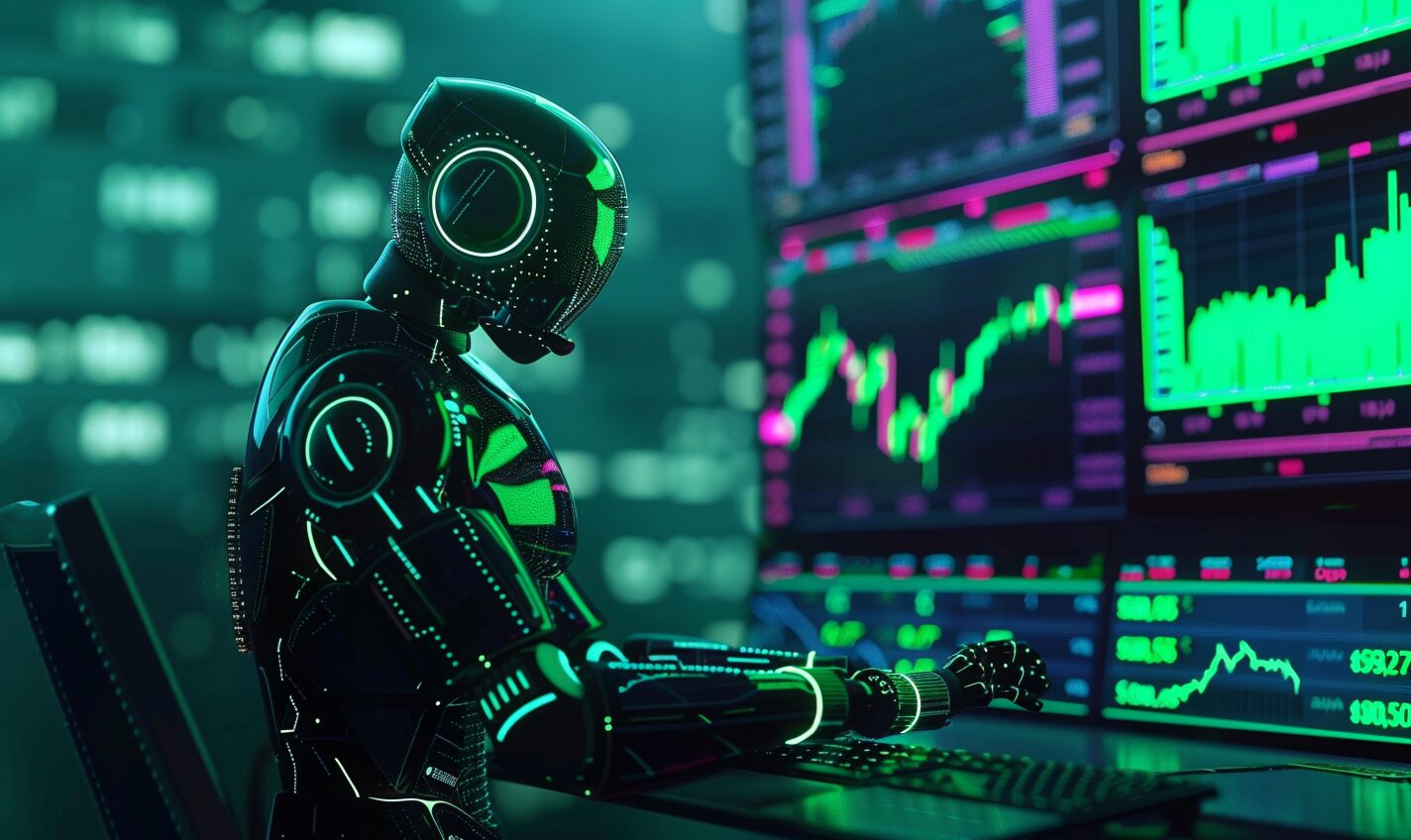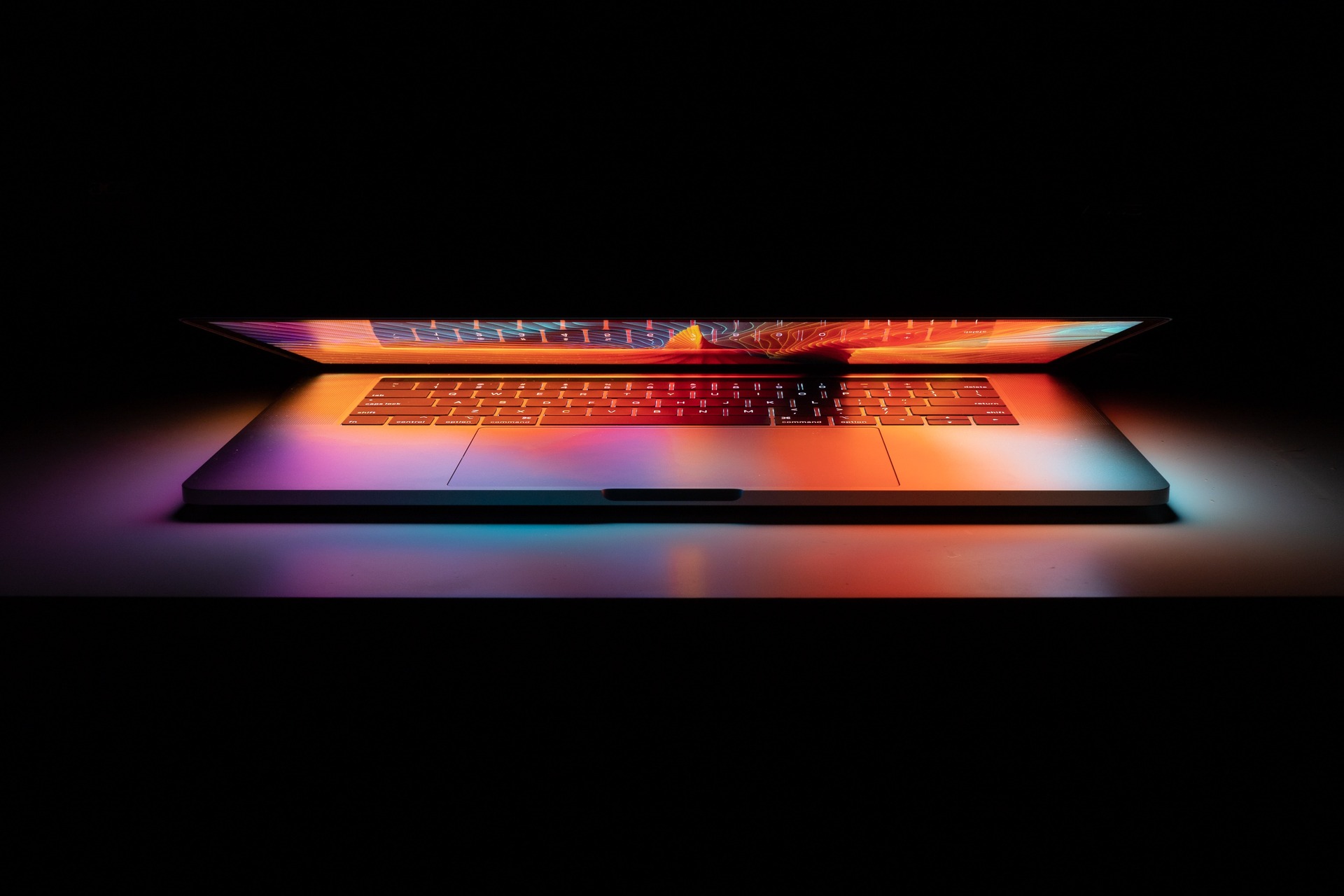Everywhere you look today, you’ll find new stories about AI and how it can improve things. AI is clearly a big deal, and it’s here to stay. As much as you may see about it, though, you may not know how artificial intelligence works.
AI is everywhere, even in your daily life. More than 111 million people use digital assistants in the U.S. alone. It’s strange that something can be so popular and yet not many people understand it.
If you’ve ever wondered how artificial intelligence works, look no further. Here’s a brief overview of the process and how it could change.
The Basics of How Artificial Intelligence Works
AI is a broad category that includes plenty of technologies that look nothing like each other. As a result, the specifics of how artificial intelligence works varies a bit from example to example. Still, when you break AI down to its most basic parts, you’ll see some similarities.
In general, AI tries to mimic human thought, so AI programs work similarly to human minds. Usually, they involve giving a program a set of rules or definitions to identify things and make choices. Take diagnosing X-rays, for example.
Medical students can learn to diagnose cancer by learning what a healthy X-ray and signs of cancer look like. An AI program can do the same thing if you teach it what healthy and unhealthy X-rays look like. It then takes the definitions you’ve taught it and applies them to other X-rays it sees.
A lot of how artificial intelligence works boils down to seeing if things fit into pre-defined categories or not. Human brains are much more complex, but we use a similar thought process for many tasks.
Machine Learning and Deep Learning
Machine learning is one of the most significant subsets of AI and expands on this “thinking” process. The most basic AI systems work by seeing how data measures up against pre-defined rules. Machine learning goes a step further by teaching itself new rules, needing less human involvement.
Machine learning works by finding a pattern and applying it to a given set of data. In other words, it looks for connections between data points and then makes inferences and rules from those. That way, it can teach itself new ways to organize and see things, improving itself.
Deep learning takes machine learning to another level. These systems use deep neural networks, complex computing systems that resemble a human brain. Through these networks, deep learning systems can find more complex patterns in less structured data.
Where Do We Go From Here?
The more advanced an AI system, the more it tends to resemble human thought processes. You might’ve guessed that there’s a considerable roadblock here. We don’t know much about how human thought works, which makes it hard to replicate.
As scientists learn more about the human mind, they can get better at mimicking it. With that in mind, AI in a few years may look nothing like it does today. That’s how the history of AI development has gone, though.
Deep learning didn’t emerge until the 2000s, and it radically changed AI from there. Since these programs continually improve themselves, AI itself might shape how artificial intelligence works from here. As a result, it could veer off and look nothing like human brains in the future.
AI Is One of History’s Most Significant Technologies
Scientists have only scratched the surface of what AI can do. The way it works means it’s always changing, so it starts to work differently over time. At the end of the day, we still have a lot to learn about AI.
If there’s one thing we do know about AI, it’s that it’s here to stay. As it keeps advancing and working in new ways, it’ll become more influential. No matter the specifics, AI is a historic achievement.
Recent Stories
Follow Us On
Get the latest tech stories and news in seconds!
Sign up for our newsletter below to receive updates about technology trends














